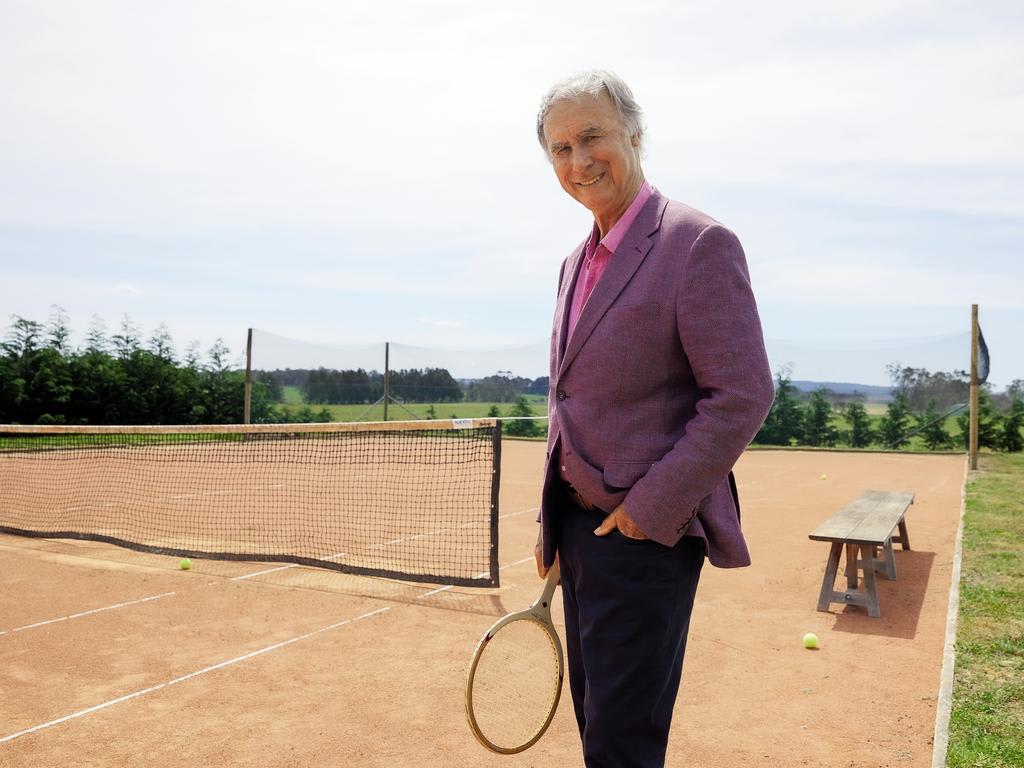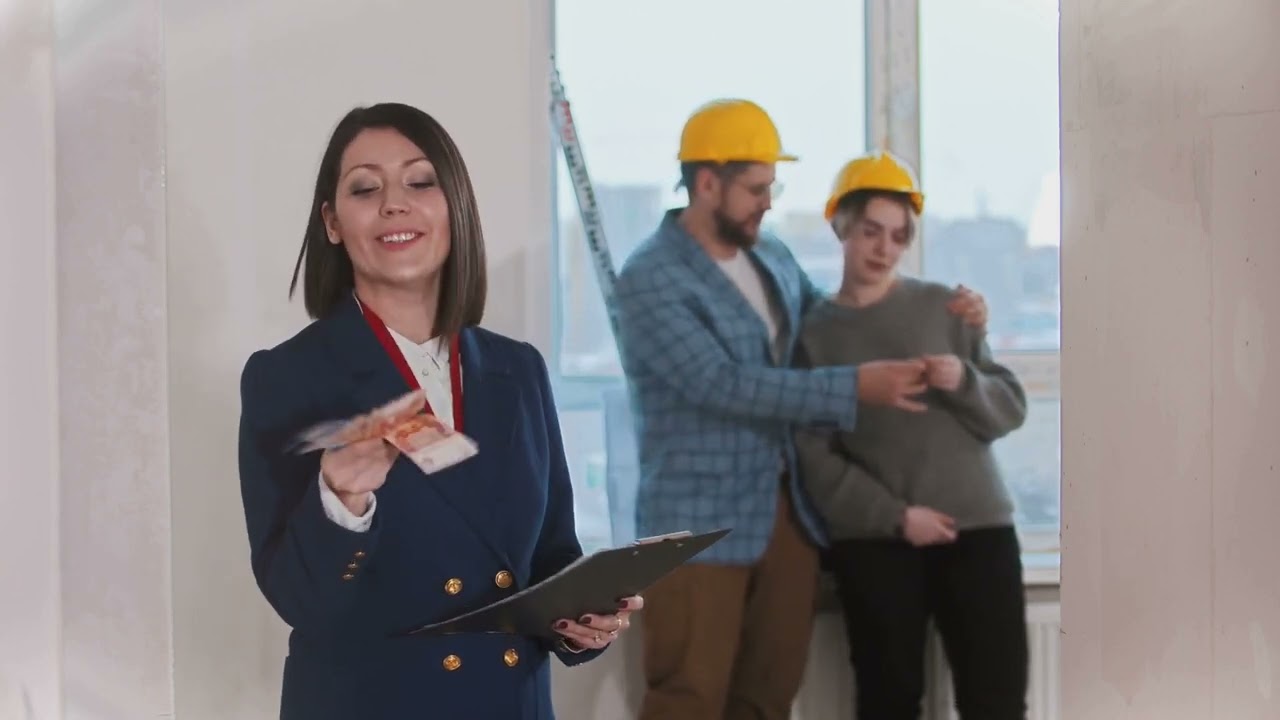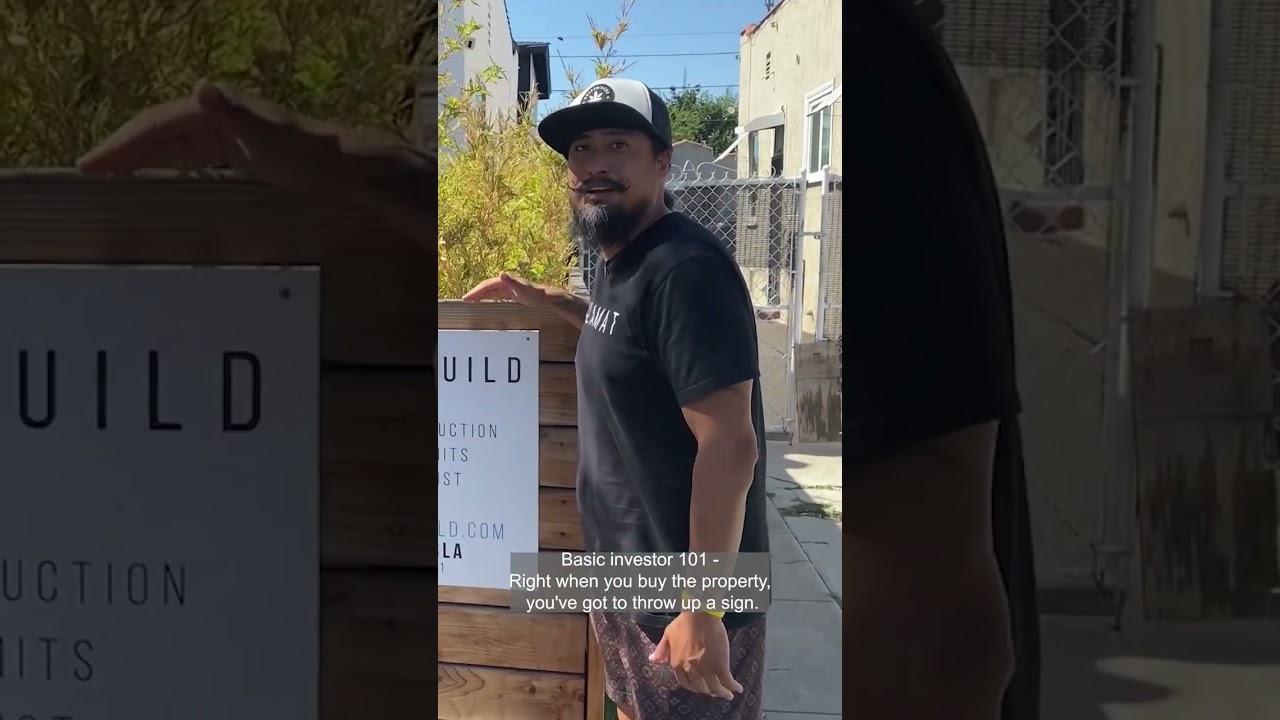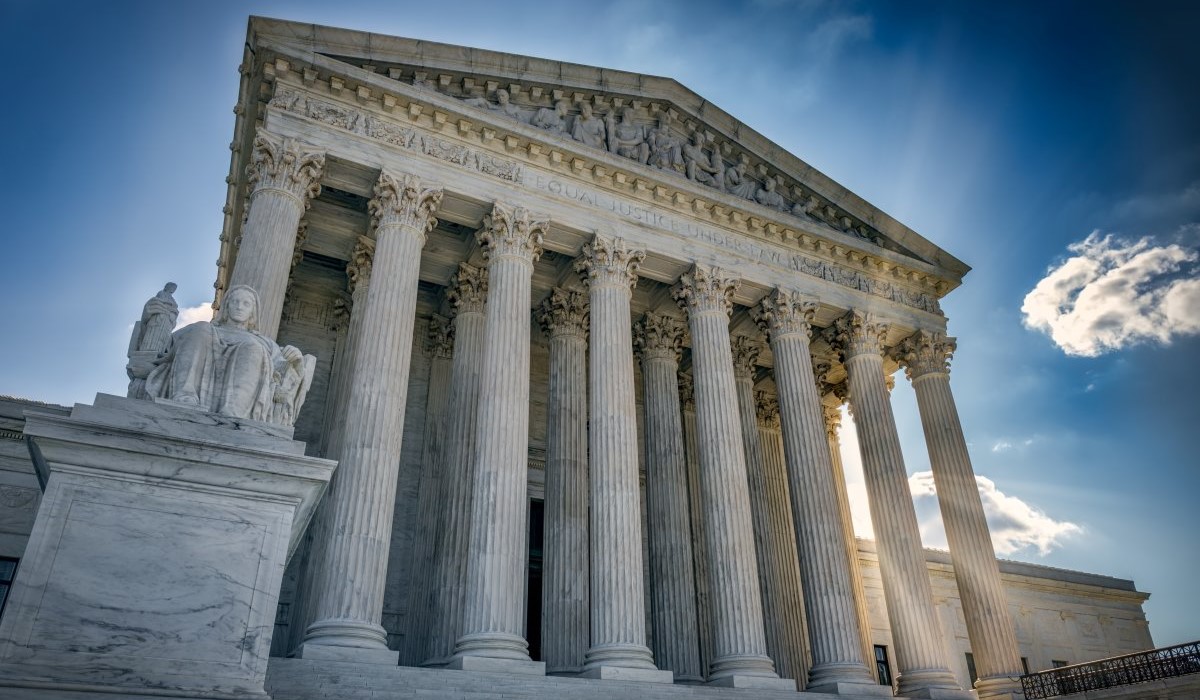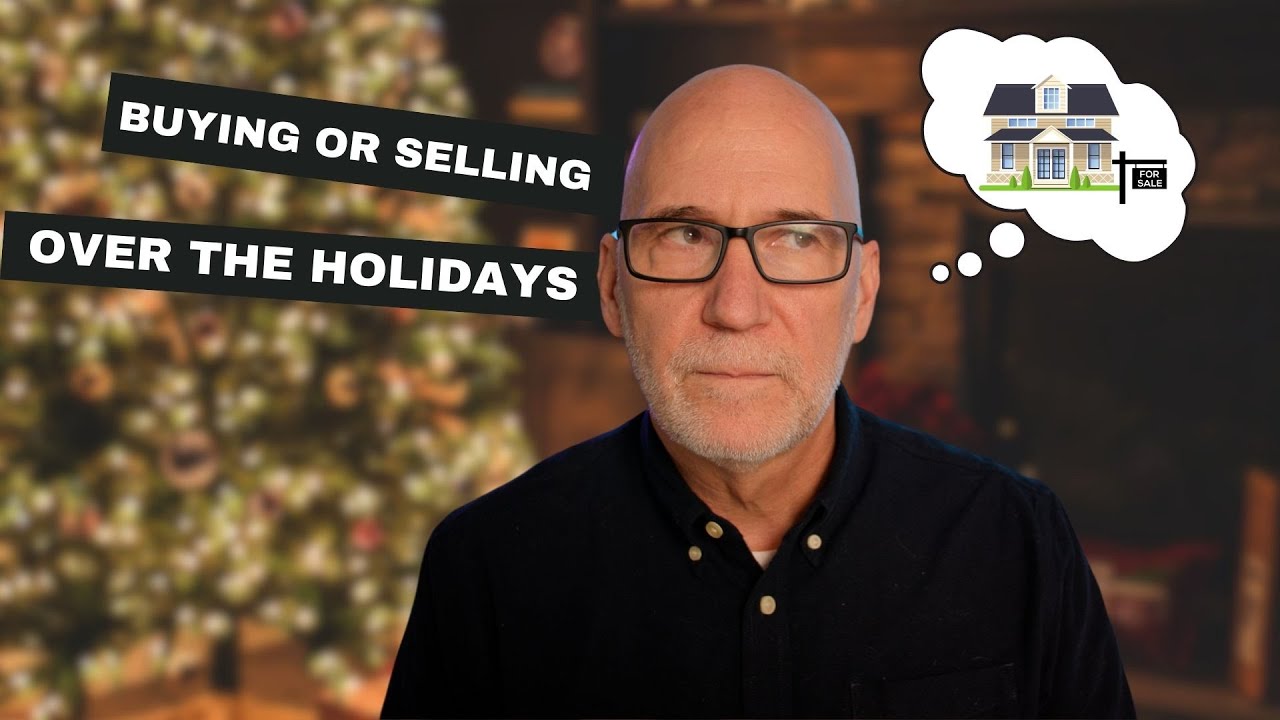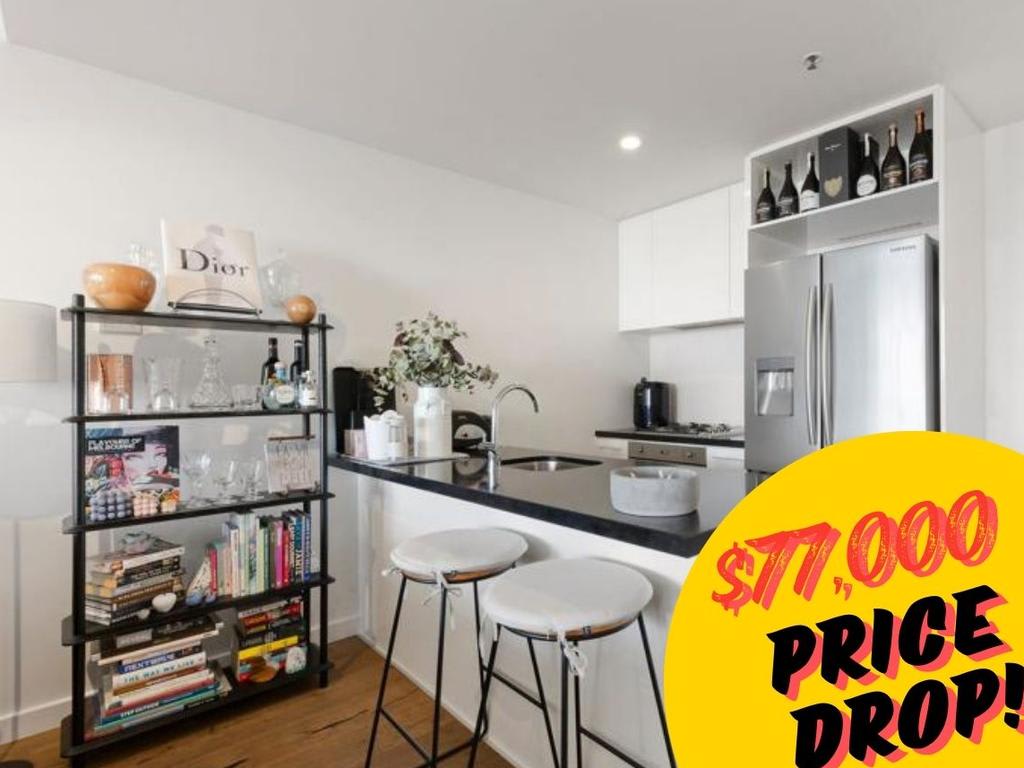
This Essendon North property sold for $348,000 in December 2024 with the previous price in 2013 $425,000.
The worst suburbs for property investors have been named, amid a warning that popular zones are now being savaged by stagnation.
Property management firm LongView warned that some popular metropolitan suburbs across Brisbane, Sydney and Melbourne are now seeing ‘slim to no capital growth’ pulling the worst historical returns they’ve seen.
MORE: Listed: Every housing hand-out you can get
Ex-Bronco Corey Oates’ next payday
Inner city investment properties were savaged by low capital growth rates at sale time according to LongView.
Co-founder Evan Thornley, whose firm runs offices out of Melbourne and Brisbane helping property investors manage their returns, warned some areas are stagnating due to asset type and location.
LongView research found two in every three metropolitan investment properties sold in the three capitals last year (67 per cent) delivered poorer historical capital growth than the average owner-occupied home.
And it warned close to three in every four investment properties valued under $1m (72.6 per cent) saw poorer capital growth than the average owner-occupied home.
Mr Thornley said “most people see better returns on the family home they bought for lifestyle reasons than on the investment property they thought they were buying to make money”.
Melbourne delivered the top two worst results.
The worst hit suburb was popular Essendon North in Melbourne which saw a 0.56 per cent fall in capital values for investment properties, followed by flatlining 0 per cent growth out of Abbotsford and Sydney’s Olympic Park.
None of Melbourne’s 10 worst capital growth rates were higher than 1.2 per cent, with Travancore third on 0.11pc, West Melbourne 0.54pc, Maribyrnong 0.56pc, South Yarra 0.59pc, South Melbourne 0.74pc, St Kilda 0.91pc, Collingwood 1.11pc and Docklands 1.2pc.
None of Sydney’s 10 worst capital growth for investors were higher than 1.75pc – with Rosehill second worst at 0.21pc, Mortlake 0.72pc, Asquith 1.18pc, Parramatta 1.57pc, Chippendale 1.68pc, Harris Park 1.69pc, Westmead 1.74pc, Wentworth Point 1.75pc and Warwick Farm 1.75pc.
Investor units are taking a hit in some suburbs compared to owner-occupied sales.
Brisbane fared better with its worst capital growth rates for investors but the results were still a far cry from the leading growth rate the rest of the Queensland capital is seeing. The biggest hit suburbs were smack bang in the middle of the city – led by investments in Fortitude Valley at 1.55 per cent, Brisbane City at 2.19 per cent, South Brisbane 2.26 per cent, Bowen Hills 2.43 per cent, and Woolloongabba 2.93 per cent.
Mr Thornley said “our analysis shows that the five worst performing suburbs for capital growth across Australia have one thing in common. Nearly 80 per cent of the sales of investment properties in 2024 were apartments or units, not houses. This confirms LongView’s golden rule – land appreciates, buildings depreciate.”
This Essendon North property sold for $425,000 in May 2013 and dropped significantly in 2024.
He senses a shift coming for investors as they eye older properties for land value.
Mr Thornley said to minimise risks and costs investors can’t overlook “the crucial value of the property’s underlying land”.
“Investors don’t realise that the ‘right’ properties are those where most of the value is held in the land underneath the home, and the best properties for capital growth are RODWELLs – robust, older dwellings on well-located land.”
“Those located in Sydney, Melbourne and Brisbane make up just one-sixth of all properties in Australia, yet they account for nearly half of all capital growth.”
He believes co-investment schemes, such as LongView’s Shared Equity Fund, will become more popular as investors look for a way in to better returns off houses that average capital returns around 7 per cent.
“The current low capital growth rates are a clear indication of why Australia needs a housing fund industry.”
LongView’s analysis was based on historical sales and capital growth of investment properties sold between January 1 and September 30, 2024, excluding suburbs with less than 20 sales.


